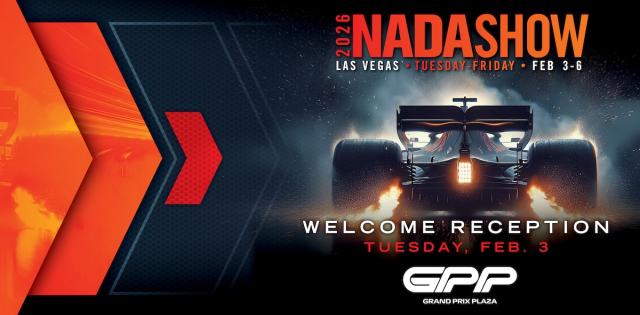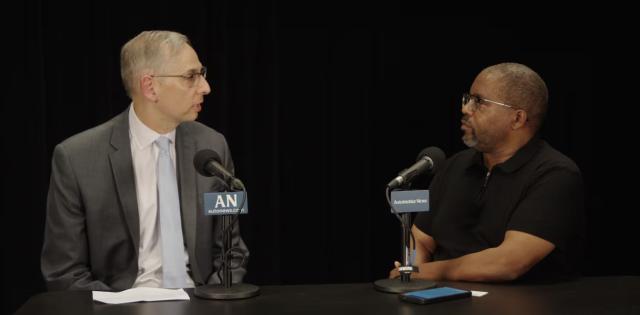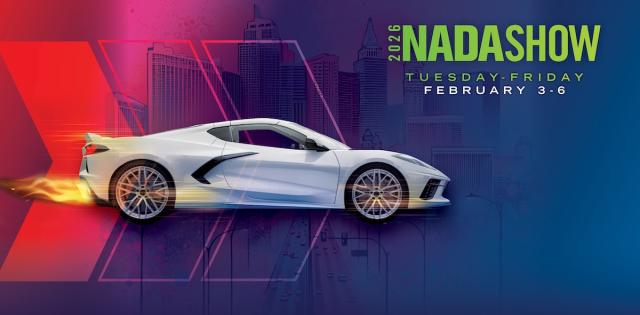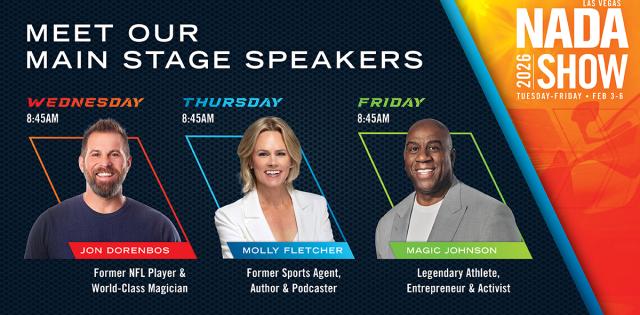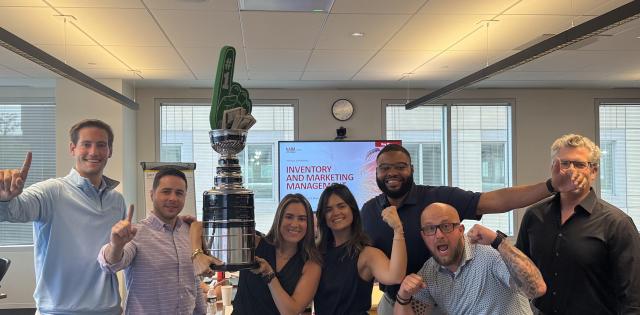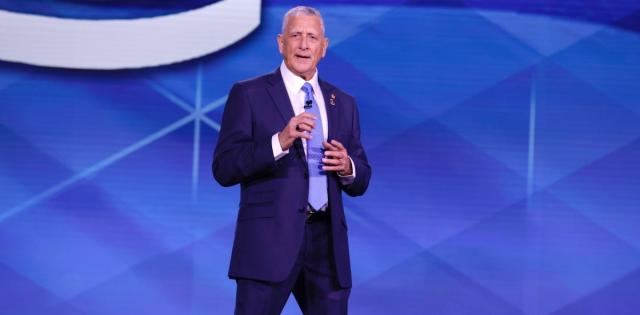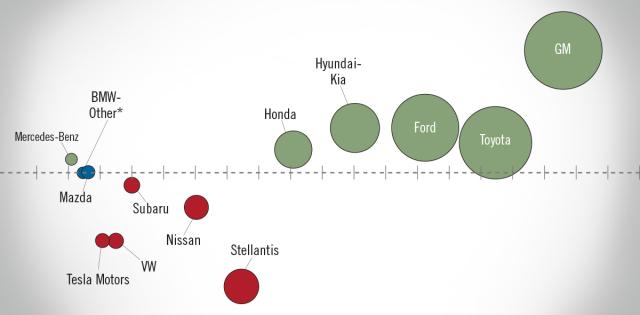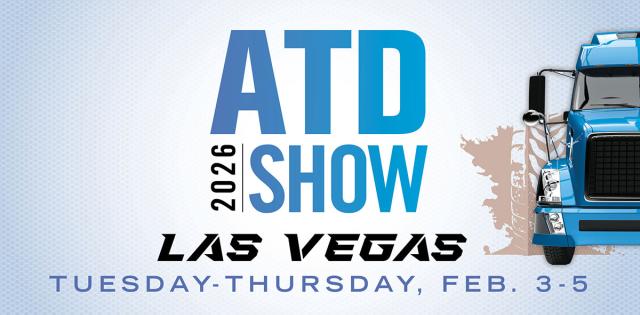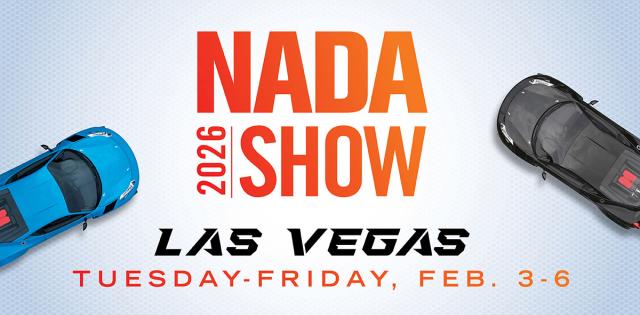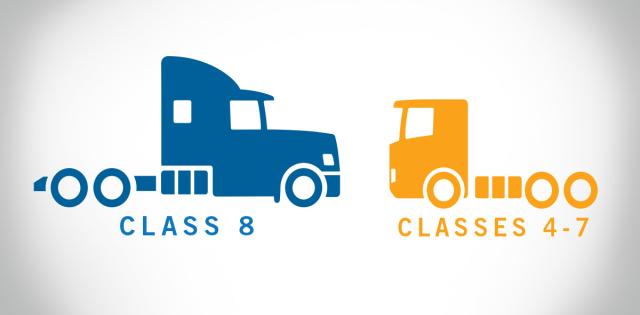Buckle up and start your engines. The 2017-2018 auto show season is in full throttle, and convention centers across the country are roaring with activity as consumers get up close and personal with today’s top auto manufacturers.
Starting with the LA Auto Show in December and culminating with the Austin Auto Show in late April, (see the full list here or here) auto shows are the best opportunity for original equipment manufacturers (OEMs) to maintain close relationships with the media and dealership networks, interact with huge crowds of consumers, and put their personalized customer service skills on display alongside their brand’s latest products and offerings.
Auto Shows Lead to Sales
Sure, auto shows are highly anticipated events among auto enthusiasts and anyone else who likes fast, fancy and tricked-out cars. But they are just as popular with consumers who are looking to purchase a new car. “When buyers attend an auto show, more than half are influenced by that experience during their subsequent purchase decisions,” says Christopher Stommel, President of Foresight Research, an industry research firm. “And if you can get them into a ride and drive while they are there, the show’s influence increases by nearly 30 percent.”
In fact, Foresight’s September survey of 5,500 recent U.S. new-car and -truck buyers revealed that auto shows are actually as effective in influencing buyers’ purchase decisions as social media and digital marketing. “Looking across metrics…it is evident that auto shows influence buyers because that’s one of the few places outside the dealership where they can see and experience newly introduced production vehicles as well as concept cars,” Stommel says. “Properly executed, that show experience can pay handsome dividends to any brand.”
Stacey Castle, Executive Director of the Central Valley New Car Dealers Association and producer of the Sacramento International Auto Show for over 15 years, agrees that auto shows provide the best return on investment to manufacturers. She says there is a consistent six-month spike in sales in the Sacramento market during and right after the annual auto show every year. “I know that the Super Bowl cars ads are sexy and the automotive sports sponsorships are exciting, but in my opinion, for actually directly influencing the sale of a vehicle, there is nothing that will ever compare to the auto show experience,” she says.
Forget the ‘Spin and Grin,’ Auto Shows Offer ‘Experiences’
In response, auto show experiences have gotten bigger and better than ever, offering a host of entertainment (hello, DJ Khaled), technology (virtual reality is particularly hot right now) and, of course, cars. Ride and drive experiences at auto shows are also growing in popularity and have become the “final piece in the car buying puzzle,” says Castle.
At this year’s Sacramento Auto Show, attendees were able to drive 50 different models on-site, Castle says. “While in this day and age of being able to look up almost every car detail on the internet, there is nothing that can replace the face-to-face interaction and the ability to get in the car and see how it feels.”
Manufacturers like Hyundai Motor America, which participates in 65 auto shows a year, put a lot of thought and effort into making sure attendees get a quality experience. “It’s the last marketing channel where consumers are paying to receive your message,” notes Erik Thomas, Senior Group Manager, Experiential Marketing for Hyundai Motor America. “If you think about it, people are finding ways these days to speed past commercials or watch TV in time, but in contrast to that, we’ve got people saying, ‘I want to go experience your brand and I’m willing to pay. I’m paying for parking, to bring my whole family to this experience.’ We know that consumers time and time again tell us that they have a great experience and that they learned something that they didn’t know.”
As a result of these attendee-centric experiences, auto shows from Philadelphia to Toronto to Hawaii are reporting record attendance. Foresight found that as of the 2015-2016 auto show season, attendance among actual buyers has increased 57 percent over 2012.
Digital Social and Face-to-Face Value
Today’s improved and interactive auto show experiences also drive social media impressions and, more importantly, convert into sales leads. “We did a research study based upon the launch of the 2018 Hyundai Sonata at the New York Auto Show, and basically we found …that not only the traditional media, but also the social media activity from an auto show, are highly effective at driving leads,” says Michael Stewart, Senior Group Manager of Corporate and Marketing Public Relations with Hyundai Motor America. “Traffic to our Hyundai.com website grew with people asking for more information on the new products that are coming. So even from a press day or press conference standpoint, it’s even more effective than getting just higher level awareness. There are also a lot of benefits to driving interest and leads in those products.”
Auto shows are also a means to build a stronger relationship between manufacturers and the dealer network. “The goal at all times is not only to connect and have a dialogue with potential consumers, but to really drive them to the showroom where the dealers really know the product very well, can help with test drives, and ultimately, sell the product,” Thomas says. “They’re definitely a valued part of the process, and in many cases they will join us on the show floor but at all times, we have their interest in mind because the process starts with considering what the consumer wants and building the car all the way down to when it gets in their hands at the dealership level.”
While “the cars are the stars” at auto shows, according to Mark Scarpelli, President of Raymond Chevrolet and Raymond Kia in Antioch, Illinois, and co-owner of Ray Chevrolet and Ray Chrysler-Jeep-Dodge-Ram in Fox Lake, Illinois, local dealers are front and center at the shows and often serve as the face of the brand in their local communities. “Our company has been in business for over 60 years, so our reputation, our name, our goodwill is known in the community. We take any opportunity to show their [the manufacturers] brands as well as our brand, create goodwill and show product demonstrations. At the end of the day, the American consumer looks to their local car dealer who has the bricks-and-mortar, the state-of-the-art dealership facility, the service facility. We’re the factory to them. We’re the OEM. And we gladly accept that responsibility.”



